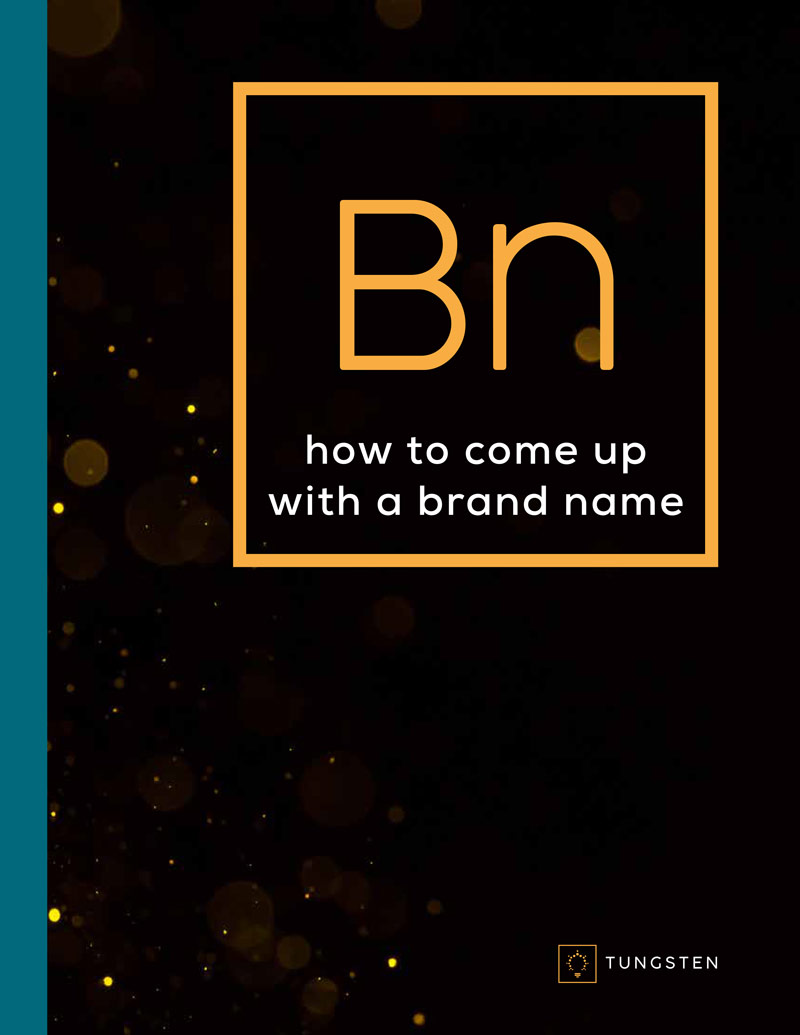When people mention the word “brand” they usually mean a well-known, well-defined company. That’s why consumers frequently mention names like Target, Rolex, Apple, BMW, and others who have done an excellent job in crafting an image and sticking with it. Buyers know what to expect from these companies, and as long as these companies meet that expectation, they will continue to imprint their brand in the minds of their audience. It’s pretty simple really, if you just keep these two principals in mind.
Principal One: Know Your Promise
As amazing as this may seem, most companies don’t really know what it is they are promising their clients. That’s why they have weak brands. They may have mission statements, and can spout off why everyone should use their product or service, but really it’s just a rambling list. Out of fear of losing audience, most companies will try to compete on price, quality, and service… and that’s a recipe for disaster. Who wants to buy a watch from the Discount Overnight Rolex store? If you try to go after all three areas you end up muddied in the mind of the consumer who is trying to put you in a box. And in this case… that’s a good thing!
Out of fear of losing audience, most companies will try to compete on price, quality, and service… and that’s a recipe for disaster.
A mental “box” is not that different from a set of mail room boxes. The customer gets all these incoming “messages” and has to sort them all day. The easier you make it for them to sort your company, and put it in a category, the easier it will be for them to recall it when needed. Try this… think of a fast place to eat. How about the best tasting food? And finally, the place you go if you really want to impress someone? You probably thought of three different restaurants, one for each category. And chances are these companies are more than happy to fill that niche without trying to compete with the others.
Take a moment and write out in two or three sentences (or more if you’re feeling inspired) exactly what your brand promises. It will usually fall under three main categories… quality, service, or price. But there are numerous others, such as…
- Value
- Reliability
- Creativity
- Innovation
- Responsiveness
Ben & Jerry’s brand image contains a blend of quality products, fun marketing and social responsibility… a commitment to the community and environment. Find your blend of special qualities, formulate your unique promise and commit to it.
Principal Two: Never Violate Principal One
Once you have firmly established your promise in the minds of consumers, make sure every move you make conforms to that promise. Coke was fine to come out with Diet Coke, Cherry Coke and a host of other flavor variations (brand extensions), but they completely missed the mark when they introduced NEW Coke. People believed in Coke, identified with Coke and it was a part of their history. New Coke was seen as a betrayal of the brand itself, a vote of no confidence in their core product. “What’s wrong with the original Coke?” was the immediate question that popped up in most minds.
That’s why it is so important to know what it is, and why it is, that people buy from you and believe in you.
Know your promise and keep your promise. Pretty simple? Yet it will go a long way toward making your company resonate with your customer on a deep and lasting level. And that’s a promise.
About the author: With over twenty five years of company naming and branding expertise, Tungsten founder Phil Davis is a marketing and advertising veteran, having personally named over 250 companies, products and services worldwide. As a sought after branding expert, Phil has been quoted in The Wall Street Journal, Inc.com, Businessweek, Entrepreneur, and Newsday.
BY Phil Davis
Brand Naming Expert
With over twenty-five years of company naming and branding expertise, Tungsten founder Phil Davis is a marketing and advertising veteran, having personally named over 250 companies, products and services worldwide. As a sought-after naming expert, Phil has been quoted in The Wall Street Journal, Inc.com, Businessweek, Entrepreneur, and Newsday.




